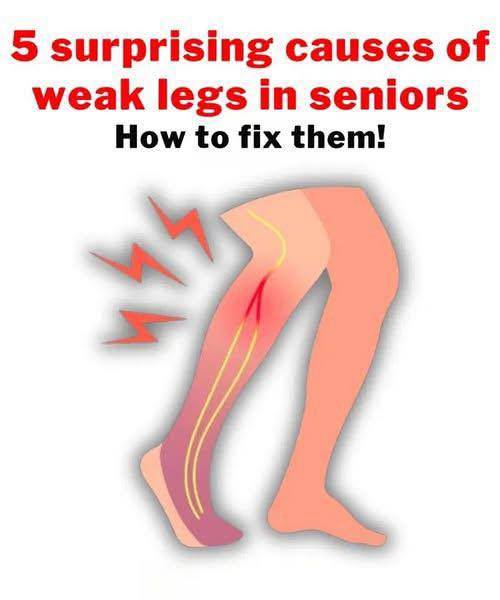Leg Weakness and Aging: What You Can Do to Stay Strong
Leg weakness is often associated with aging, but it is not inevitable. With the right care, movement, and awareness, many of the factors that reduce strength can be managed — helping older adults remain active and independent well into later years.
Sarcopenia: The Gradual Loss of Muscle
One of the most common causes of declining strength is sarcopenia — the slow loss of muscle mass that usually begins around age 50. This condition affects energy, balance, and mobility. The good news? Research shows that strength training and resistance exercises can slow, and in some cases even reverse, these changes.
The Cycle of Inactivity
Physical inactivity deepens the problem. As people move less, muscles weaken, which leads to fatigue and discourages further activity — creating a cycle that undermines stability and health. Even light routines such as daily walks, stretching, or chair exercises can help break that cycle, keeping circulation and joints healthy.
Chronic Conditions That Play a Role
Certain health conditions make leg weakness more likely:
-
Arthritis causes pain and stiffness, making movement harder.
-
Diabetes and peripheral neuropathy can damage nerves, limiting muscle control.
-
Poor circulation reduces oxygen delivery to the legs, worsening fatigue.
With proper medical care, these conditions can be managed, improving both comfort and mobility.
The Power of Nutrition and Care
Muscles need the right fuel. Adequate protein, along with vitamin D for bone strength and vitamin B12 for nerve health, supports muscle repair and function. Staying hydrated is also vital, since dehydration can worsen cramps and weakness.
Doctors and physical therapists can design treatment and exercise plans that reduce pain, restore strength, and help maintain independence.
Confidence and Mental Health
Fear of falling often causes older adults to withdraw from activity, which only accelerates weakness. Gentle, guided programs — from physical therapy sessions to community exercise classes — can rebuild both strength and confidence.
A Different View of Aging
Leg weakness doesn’t have to be a “normal” part of aging. With movement, nutrition, and mindful care, the later years can remain active and fulfilling.
Aging is not only about loss, but about stewarding the body with wisdom — so that strength, dignity, and independence are carried forward, step by steady step.
